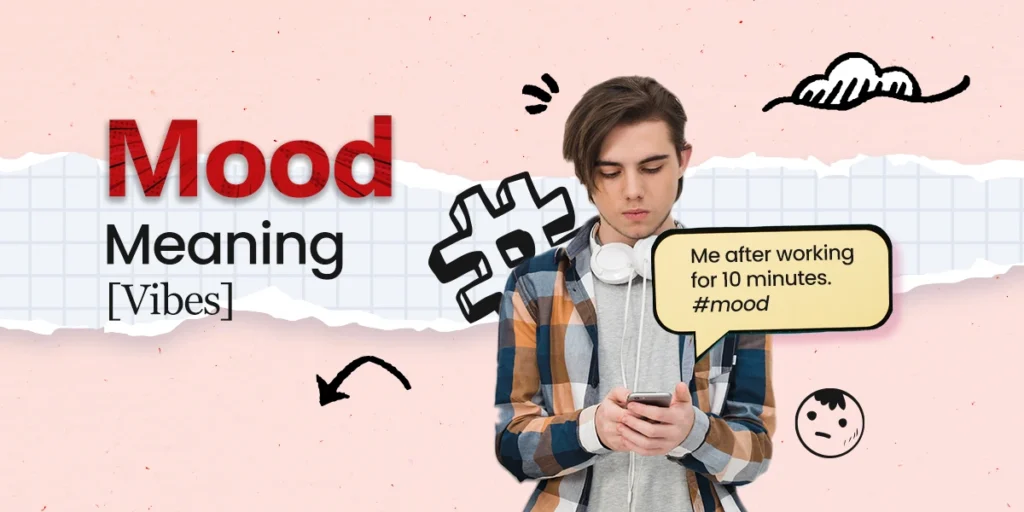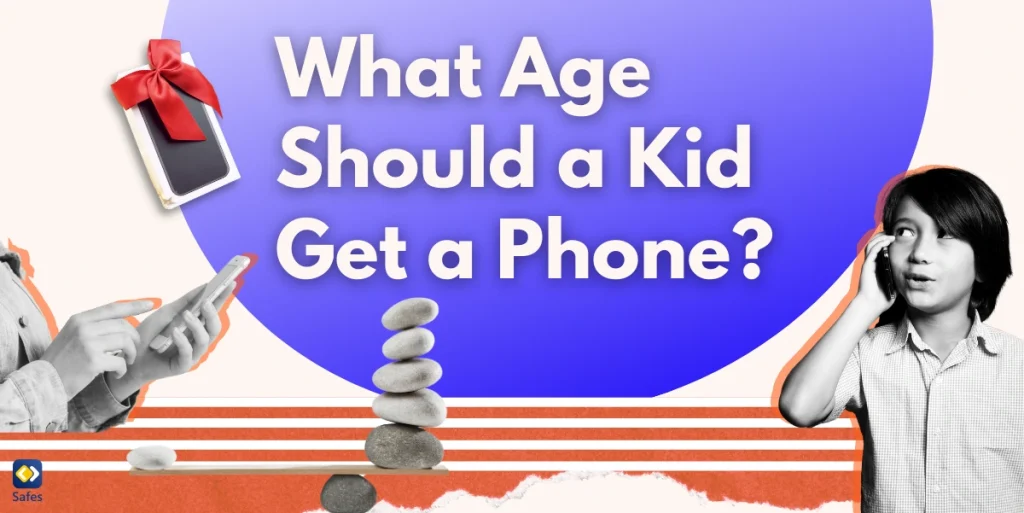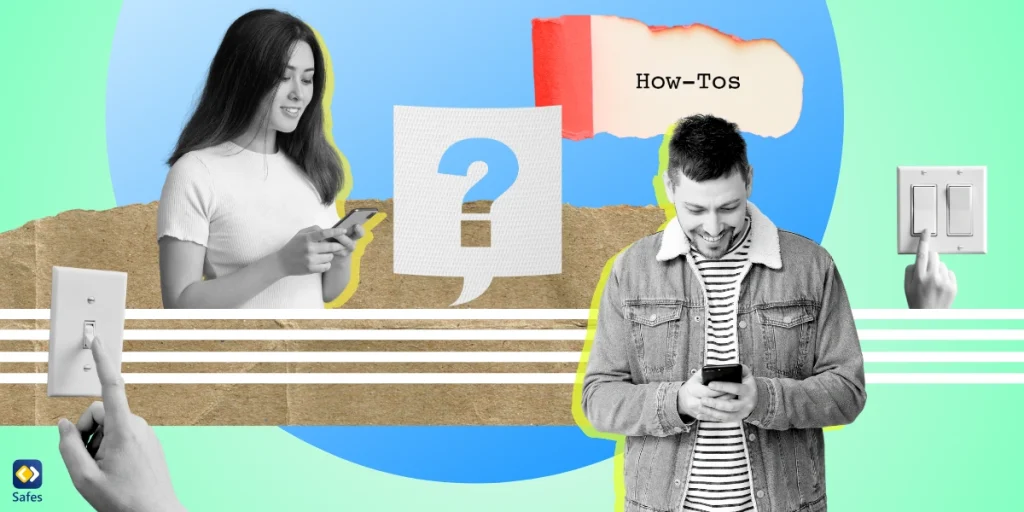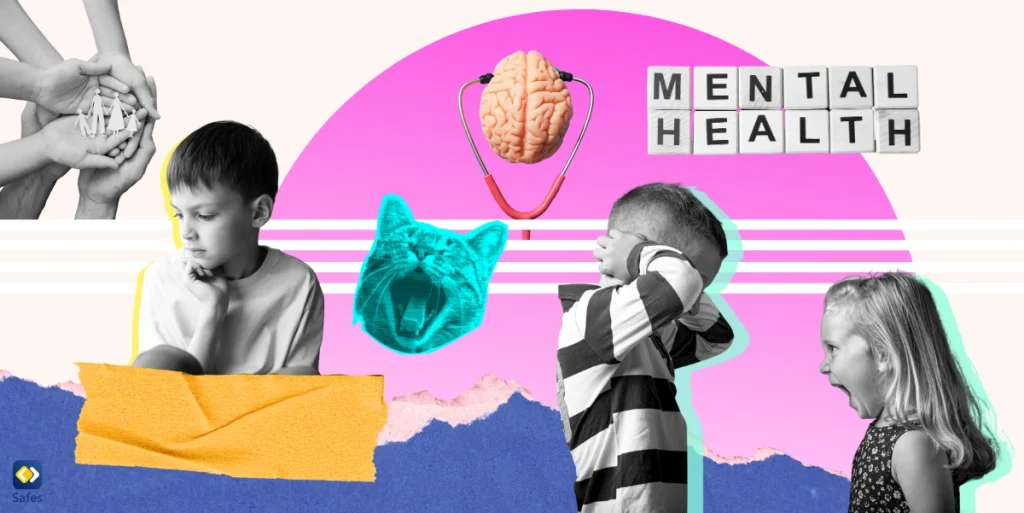Social media is full of slang that can sometimes be confusing. Trends like Algospeak on TikTok and emoji slang can be particularly confusing for parents trying to decode their children’s online language. One popular term that has been widely used for years is “mood.” But what does mood mean in social media, and how is it used in everyday digital conversations? This blog post breaks down its meaning, usage, and relevance across different platforms to offer insight into how young people express their emotions online.
Download and Start Your Free Trial of the Safes Parental Control App
Understanding how slang like “mood” is used can help parents, educators, and digital users approach online conversations more effectively. This post also explores how “mood” fits into internet culture, its evolving trend status, and its implications in different digital spaces.
What Does Mood Mean in Social Media?
In social media and digital conversations, “mood” is slang used to express strong identification with a particular emotion, feeling, or situation. It is often used as a quick response to a post, meme, or image that resonates with the viewer, encapsulating a shared sentiment in a concise and relatable way. The term allows users to acknowledge their connection to a situation without the need for an elaborate explanation, making it an efficient tool for digital expression.
Additionally, “mood” can appear in variations like “big mood” or “such a mood,” which amplify the sentiment and emphasize a deeper or more exaggerated level of identification. These variations help users communicate more effectively by signaling the intensity of their emotional connection to the shared content.
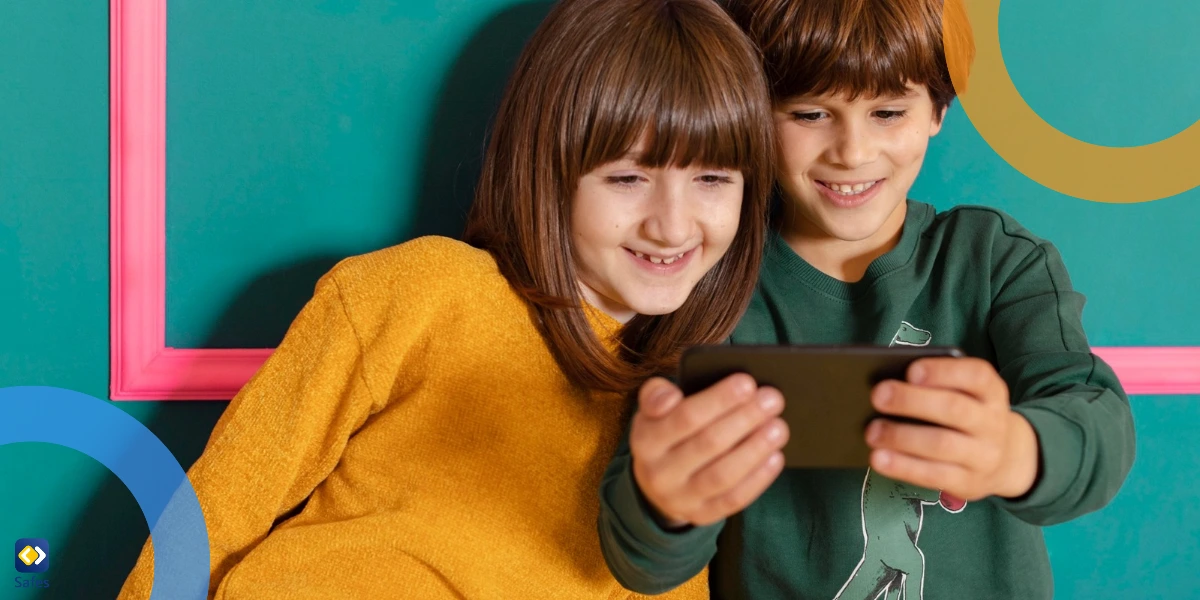
How It’s Used in Real Digital Interactions
The slang “mood” is widely used by teens and young adults in casual online conversations. Here are some usages of “mood” in text examples:
- Text Message:
- Friend 1: “Ugh, I have three assignments due tonight and zero motivation.”
- Friend 2: “Mood.”
- Twitter/X Post:
- Image of a dog laying on the floor with a sad face
- Caption: “Me after working for 10 minutes. #Mood”
- TikTok Comment Section:
- Video of someone dramatically rolling out of bed
- Comment: “Big mood every morning.”
The tone of “mood” varies. It can be used seriously, sarcastically, or playfully, depending on the context. This adaptability has helped the term maintain relevance over time.
Platform-Specific Usage
What “mood” means in text can differ across platforms:
- TikTok: Often appears in captions or comments when a video perfectly illustrates a relatable emotion or experience.
- Instagram: Frequently used in captions or as a single-word comment under a meme or post.
- Snapchat: Typically sent in response to a snap that captures a relatable feeling.
- Discord/Gaming Chats: Used to react to in-game frustrations or funny moments.
- Twitter/X: Common in response tweets or to describe a picture that fits a widely shared emotion.
Risk Level Indicator (Parent Alert System)
🟢 Green – Harmless everyday slang.
“Mood” is generally safe and simply expresses relatability. However, context matters; if it appears in conversations about depression or harmful behavior, parents should pay closer attention. If a child frequently replies with “mood” to posts about extreme sadness, social isolation, or unhealthy habits, it may be worth having an open conversation about their well-being.
Trend Tracker: Is It Still Relevant?
📉 Fading – While still commonly used, “mood” is not as trendy as it once was.
As of February 2025, “mood” is still frequently used, though its trendiness has somewhat declined compared to its peak in 2018–2020. Younger users may favor newer slang like “vibes” or “real,” which capture similar meanings but feel fresher in digital conversations. The decline in usage is partially due to social media’s constantly evolving language landscape, where phrases quickly gain and lose popularity. However, “mood” remains widely understood across various age groups and digital communities. Given its long-standing presence in internet culture, it is likely to persist in casual conversations, memes, and online reactions for years to come, albeit with less prominence than during its peak.
Cultural Impact & Evolution of “Mood”
Over time, slang evolves as new generations redefine language trends. The phrase “mood” became particularly popular in the late 2010s and early 2020s. Social media users frequently posted images, videos, and GIFs that humorously captured common experiences, pairing them with the word “mood.”
The slang’s simplicity contributed to its popularity—people could relate to it instantly. As new terms emerge, “mood” may not be as dominant as before, but its influence persists in online communication.
Mood Goes Viral
One of the most famous examples of “mood” in action was a 2018 meme featuring a raccoon resting its head on a rock, captioned “Mood.” The meme quickly spread across Twitter and Instagram, reinforcing the term’s use as a shorthand for relatable emotions. Since then, the slang has continued to be widely understood but is slowly being replaced by newer expressions.
Another example comes from TikTok, where videos often pair dramatic or exaggerated actions with “big mood” captions. These short clips showcase how slang transforms with new media formats.
Online Safety Considerations
While “mood” itself is not dangerous, parents should stay aware of contexts where it might indicate emotional struggles. If a child frequently responds “mood” to posts about sadness, isolation, or self-harm, it might signal underlying issues. Parents can:
- Check in with their child about their emotions.
- Encourage open discussions and have mental health check-ins.
- Use parental control apps to monitor concerning content.
It’s also helpful to educate children on responsible social media usage and teach them to recognize when digital interactions might negatively affect their mental well-being.
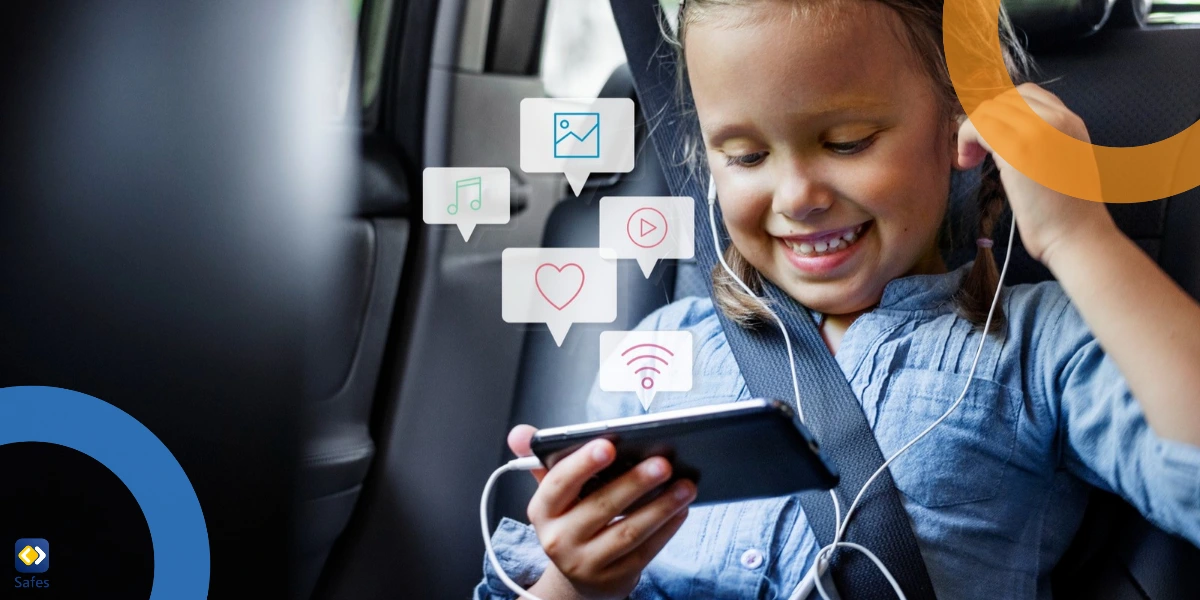
Safes: In the Mood for Safety
Parental control apps like Safes provide an effective way to monitor children’s online activity, ensuring their digital interactions remain safe and appropriate. With features such as content filtering, screen time management, and social media monitoring, Safes helps parents stay informed about their child’s digital habits. If you’re concerned about online slang usage or potential risks, Safes offers real-time alerts and customizable settings to protect your child. Try the free trial today and take control of your child’s online safety. Download Safes for iOS or Android now.
Conclusion
Understanding social media slang like “mood” helps bridge the communication gap between parents and children. While the term is generally harmless, staying aware of its usage in different contexts can provide insight into a child’s emotions and online interactions. By fostering open conversations and monitoring digital behavior appropriately, parents can ensure their child’s online experience remains safe and positive.
Beyond parenting, being aware of slang like “mood” is valuable for anyone engaging in digital spaces. Whether you’re a social media user, a teacher, or someone working in digital marketing, knowing how internet language evolves can improve online interactions and engagement.
By understanding phrases like “mood,” you’re one step closer to bridging the generational gap in online communication!
Your Child’s Online Safety Starts Here
Every parent today needs a solution to manage screen time and keep their child safe online.
Without the right tools, digital risks and excessive screen time can impact children's well-being. Safes helps parents set healthy boundaries, monitor activity, and protect kids from online dangers—all with an easy-to-use app.
Take control of your child’s digital world. Learn more about Safes or download the app to start your free trial today!
